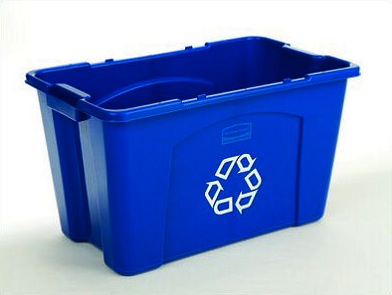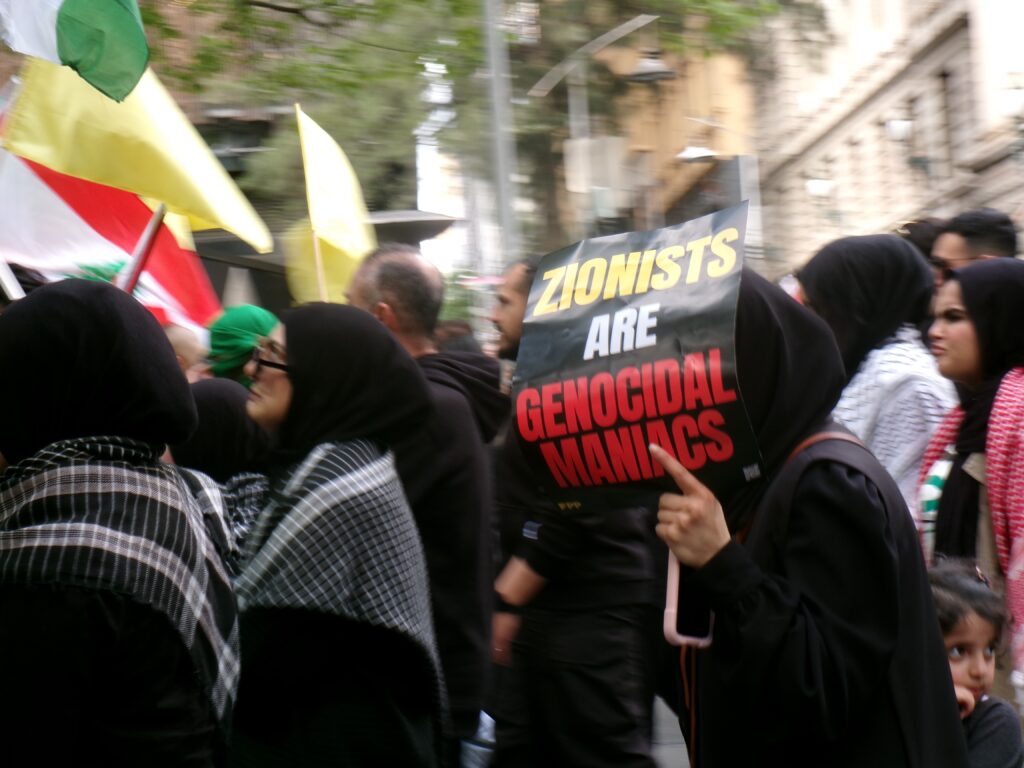UPDATES
“Breaking the Silence” – Creating headlines with the same old controversial material
August 29, 2012 | Ahron Shapiro

An anthology of stories by former IDF soldiers regarding the treatment of Palestinian children in the West Bank and Gaza assembled by the controversial left-wing Israeli NGO Breaking the Silence has drawn the attention of Yediot Ahronot in Israel, the UK’s Guardian and Independent, Iran’s PressTV, as well as News Limited’s John Lyons and Fairfax’ Ruth Pollard here in the Australian press – but few other journalists worldwide.
This isn’t really surprising, as there is evidently little new information contained in the report, which is essentially a repackaging of some 30 self-styled “testimonies” cherry picked from the organisation’s 850-case archives (collected gradually over the past seven years) in an attempt to portray the IDF as systematic abusers of Palestinian children.
In addition, about half of the entries in the report don’t actually make any allegations of any actual wrongdoings at all, but merely discuss the discomfort voiced by some respondents over the distress experienced by some Palestinian children as the IDF carried out necessary operations.
In such instances, the testimony serves to do little more than portray the IDF as an army with a conscience, such as this account of the temporary detention of young stone-throwing suspects.
Soldier: On the way, at the exit from the village, people waited for us; they actually tried to block our way. Lots and lots of stones were hurled at us – rocks – until we finally got out.
Q: Are you sure those were the kids who threw stones?
Soldier: They were kids who saw an army jeep and broke off in a run. So we said: “Okay, they’re running.” That’s the thought, and so we began to chase them. How do we know they [were the ones who] threw stones? It’s hard to tell. We didn’t even interrogate these kids afterward. We made them sit for a number of hours at the post and then returned them to the village.
Q: Blindfolded?
Soldier: No. The fact is that as soon as they got there, we soldiers gave them sweets right away and kidded around with them.
This response to what could have been a serious stone-throwing incident could hardly be considered to be heavy-handed, but apparently it was bad enough to be considered among of the 30 worst cases that Breaking the Silence could summon from the past seven years, and it was included in the anthology.
To be sure, there are some accounts in the report which are far more troubling, and these allegations should be investigated and wrongdoing prosecuted. However, even if accurate, they amount to around 15 incidents over six years among the tens of thousands of Israeli soldiers who have served in the territories over that time. Moreover, there is little to be gained by airing them here since, in keeping with Breaking the Silence’s policy, crucial details such as the full names of the soldiers and the alleged dates of the incidents have been omitted. In other words, none of the stories in the anthology can be verified, much less investigated.
In all instances, even in cases where serious wrongdoings have been alleged, Breaking the Silence has steadfastly refused to turn over to the IDF the necessary details in order to launch an investigation. The group’s critics maintain that the group’s failure to process its claims through the justice system – where they could be properly probed – is evidence the organisation exists primarily to tarnish the reputation of the IDF on human rights, and not improve it.
Given the small splash the current report has made outside of Australia and the UK, there hasn’t been much attention given to it by either pro-Israel or pro-Palestinian pundits.
However, in February 2011, NGO Monitor produced its own report to rebut a similar anthology of stories that Breaking the Silence released at that time: “Occupation of the Territories-Israeli Soldier testimonies 2000-2010”. Most, if not all, of the points used in the rebuttal could be used to debunk the latest report.
In Israel, Breaking the Silence is not only controversial for the reports it produces but for the way it funds itself. Some 75 percent of its operating budget is sourced from European donors.
In addition, claims by the organisation that its goal is to affect change within the IDF have been undermined by the fact that it devotes considerable resources to producing materials in English, and representatives of the organisation have often accepted offers to lecture abroad.
The organisation drew the ire of even some left-leaning Israelis when it released a collection of (once again, unverified) stories of wrongdoing they had said to have collected from soldiers who had participated in Operation Cast Lead in early 2009.
Some of these allegations were used in the Goldstone Report, which Richard Goldstone himself eventually distanced himself from.
For Haaretz journalist Amos Harel, Breaking the Silence’s role in bolstering unverified war crime allegations against Israel crossed a red line that pushed the organisation into the margins.
“Breaking the Silence…has a clear political agenda, and can no longer be classed as a ‘human rights organization.’ Any organization whose website includes the claim by members to expose the ‘corruption which permeates the military system’ is not a neutral observer. The organization has a clear agenda: to expose the consequences of IDF troops serving in the West Bank and Gaza. This seems more of interest to its members than seeking justice for specific injustices.”
There are some signs that, even today, Breaking the Silence continues to be perceived as a marginal group by a substantial portion of Israel’s peace camp.
It is worth noting that Haaretz, a newspaper which has historically taken a strong editorial stance against Israel’s presence in the West Bank, passed on reporting on Breaking the Silence’s latest release entirely.
Ahron Shapiro
Tags: Israel





